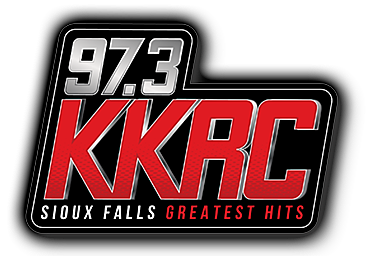
Proposal For Surge Pricing On Minnesota Electric Bills Sparks Controversy
Surge pricing is defined as "the practice of charging more for a product or service during periods when it is in high demand." For consumers, surge pricing is seen quite frequently on things like booking an Uber ride, an AirBnb or hotel room, or a flight.
However, one thing we aren't accustomed to having surge pricing implemented is our electric bill, but if a recent proposal is approved, that will soon change.
According to a report by KARE 11, Xcel Energy has submitted a proposal that would implement "Time-of-use" pricing for all of its residential customers in Minnesota as early as next year. The proposal was made at the request of the Minnesota Public Utilities Commission.

KARE-11 spoke with energy economist Ahmad Faruqui, who studies energy rate and pricing design, and he says that time-of-use pricing helps spread energy use across off-peak hours. It'll also serve as a reminder to consumers that it would be in their best interest to use less energy during peak hours, especially in the summer months, and shift some of that energy use to what would to less expensive hours.
While Faruqui does believe that now is the time for time-of-use pricing on energy use, he's not convinced the proposal by Xcel Energy is the best plan for Minnesotans because it is too big of a change done too abruptly.
What Are The Rates Xcel Energy Is Proposing For Minnesota Customers?
According to the report, Xcel currently has a flat summer rate of about 13 cents/KWH. According to the time of use proposal sent to the Public Utilities Commission, the rate during the four summer months would jump to nearly 28 cents during peak hours, which are weekdays from 3 p.m. to 8 p.m. However, the rate would fall to less than 4 cents between 12 a.m. and 6 a.m. All other hours would have a base rate of about 15 cents.
Surge pricing would also impact the winter months, although not as dramatically. The current winter rate is about 11 cents per hour. That rate would jump to 19 cents during the aforementioned peak hours while dropping to 4 cents during off-peak times. All other hours would have a rate of about 9.5 cents.
Ahmad Faruqui says that other states have done surge-type pricing on energy use, but his issue with the Minnesota proposal is the price differential is too large by comparison.
If the current proposal is approved, Xcel Energy projects an average customer's bill would increase by about 18% during the four summer months, while decreasing by nearly 11% the rest of the year, assuming there is no change in current consumer behavior.
On the flip side, they believe that if customers shift their energy usage to more off-peak times, the savings could add up. However, Faruqui says that based on his vast studies, most people have proven that they won't change their habits. He also believes that even though Xcel Energy says that some customers will have the option to opt out of this new pricing structure, people live very busy lives and most simply will not opt-out. You watch the full KARE 11 report below, including their interview with Ahmad Faruqui.
Xcel Energy spokesperson Theo Keith believes the rate change would provide cost savings and other benefits. I do find it interesting that he also said that customers will be able to opt out of the proposed new rate structure if approved. What does that approval process entail?
QUIZ: Can you identify 50 famous companies by their logos?

LOOK: 50 Famous brands that no longer exist
Gallery Credit: Liz Barrett Foster



